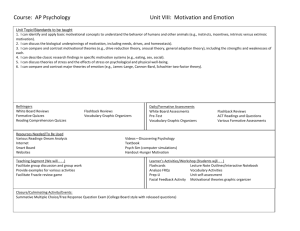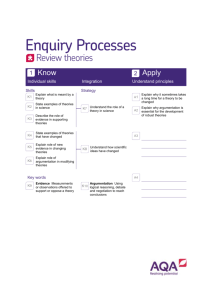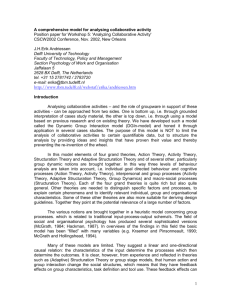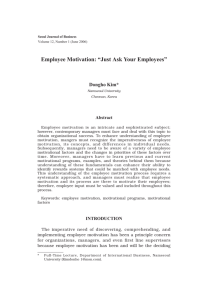Sample Organizational commitment essay
advertisement
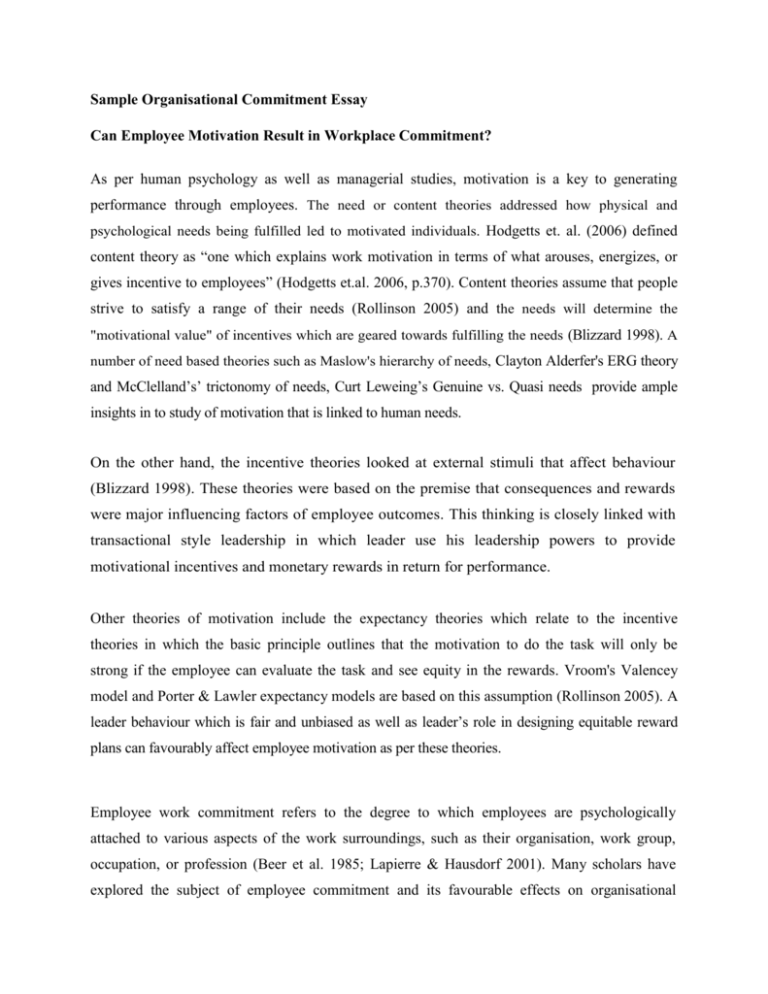
Sample Organisational Commitment Essay Can Employee Motivation Result in Workplace Commitment? As per human psychology as well as managerial studies, motivation is a key to generating performance through employees. The need or content theories addressed how physical and psychological needs being fulfilled led to motivated individuals. Hodgetts et. al. (2006) defined content theory as “one which explains work motivation in terms of what arouses, energizes, or gives incentive to employees” (Hodgetts et.al. 2006, p.370). Content theories assume that people strive to satisfy a range of their needs (Rollinson 2005) and the needs will determine the "motivational value" of incentives which are geared towards fulfilling the needs (Blizzard 1998). A number of need based theories such as Maslow's hierarchy of needs, Clayton Alderfer's ERG theory and McClelland’s’ trictonomy of needs, Curt Leweing’s Genuine vs. Quasi needs provide ample insights in to study of motivation that is linked to human needs. On the other hand, the incentive theories looked at external stimuli that affect behaviour (Blizzard 1998). These theories were based on the premise that consequences and rewards were major influencing factors of employee outcomes. This thinking is closely linked with transactional style leadership in which leader use his leadership powers to provide motivational incentives and monetary rewards in return for performance. Other theories of motivation include the expectancy theories which relate to the incentive theories in which the basic principle outlines that the motivation to do the task will only be strong if the employee can evaluate the task and see equity in the rewards. Vroom's Valencey model and Porter & Lawler expectancy models are based on this assumption (Rollinson 2005). A leader behaviour which is fair and unbiased as well as leader’s role in designing equitable reward plans can favourably affect employee motivation as per these theories. Employee work commitment refers to the degree to which employees are psychologically attached to various aspects of the work surroundings, such as their organisation, work group, occupation, or profession (Beer et al. 1985; Lapierre & Hausdorf 2001). Many scholars have explored the subject of employee commitment and its favourable effects on organisational performance (Mathieu & Zajac 1990; Meyer & Allen, 1991; Cohen, 2000, Williamson et al., 2009). The question is whether there is an impact of motivational levels on commitment. Meyer and Allen (1990) proposed a three dimensional perspective of organisational commitment which included an affective, continuance and normative dimensions. According to Mayer and Allen, employee commitment was multidimensional. These included affective or the employee’s emotional attachment to the organisation impacted by perceptions of equity, personal importance, feedback, participation, dependability and receptiveness by management. All these elements are in fact related to level of motivation. By improving these factors, motivational levels can be improved. The other dimensions, the continuance or the opportunity costs of giving up the job is also linked with rewards and remunerations. It is known fact that monetary rewards affect motivation so a high motivational level through better pay can also ensure better organisational commitment. A normative or feeling of obligation to remain with the organisation (Meyer & Allen 1990) is the last dimension of Mayer and Allen theory. Here too, motivated staff feel abliged to stay on and thus offer high organisational commitment. This can also be affected by how the employees feel to be treated fairly, valued for their contributions and the sense of trust (Taylof, Levy, Boyacigillar, and Beechler 2008). All these points point to a strong link between employee motivation and organisational commitment of the workforce.

